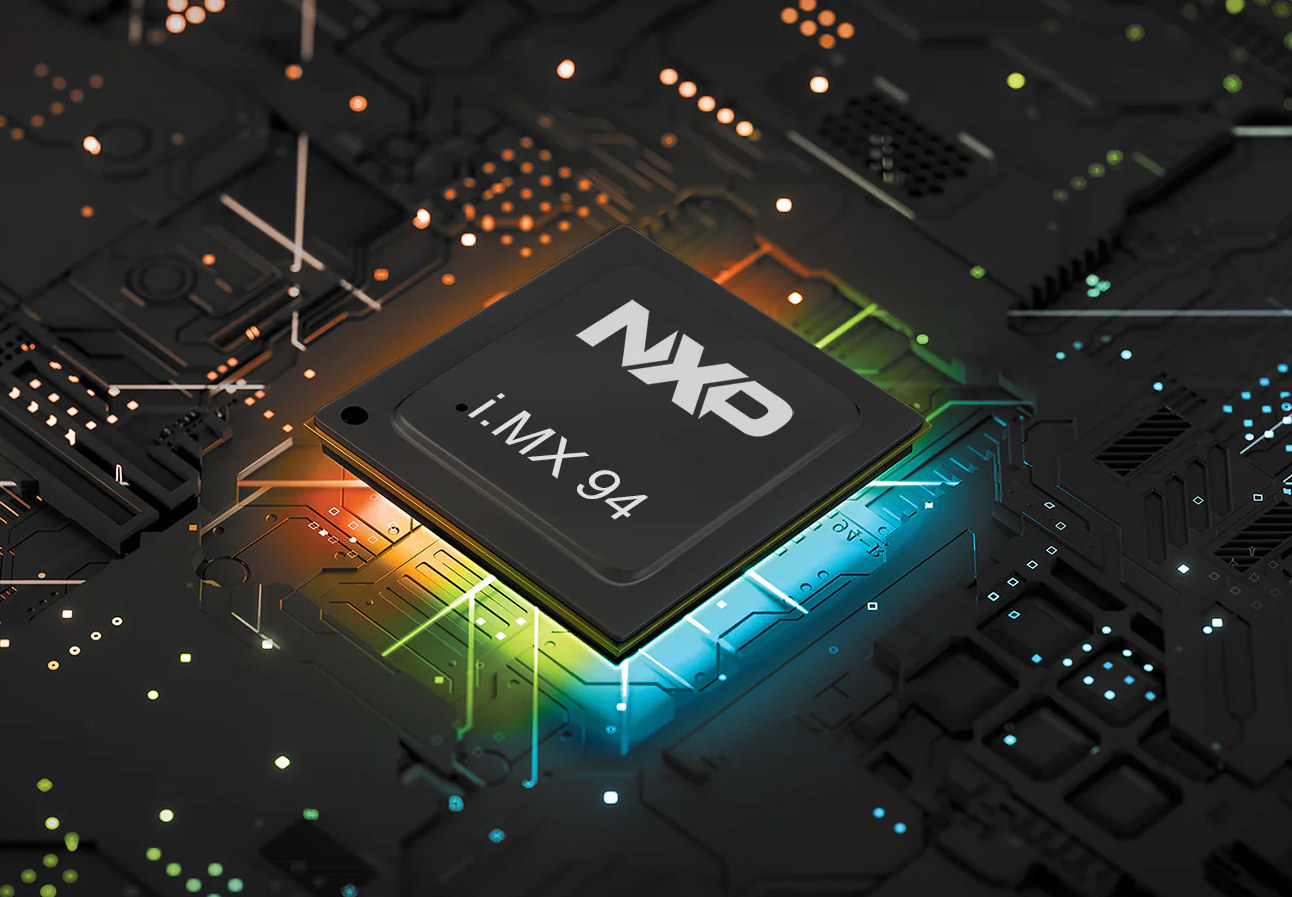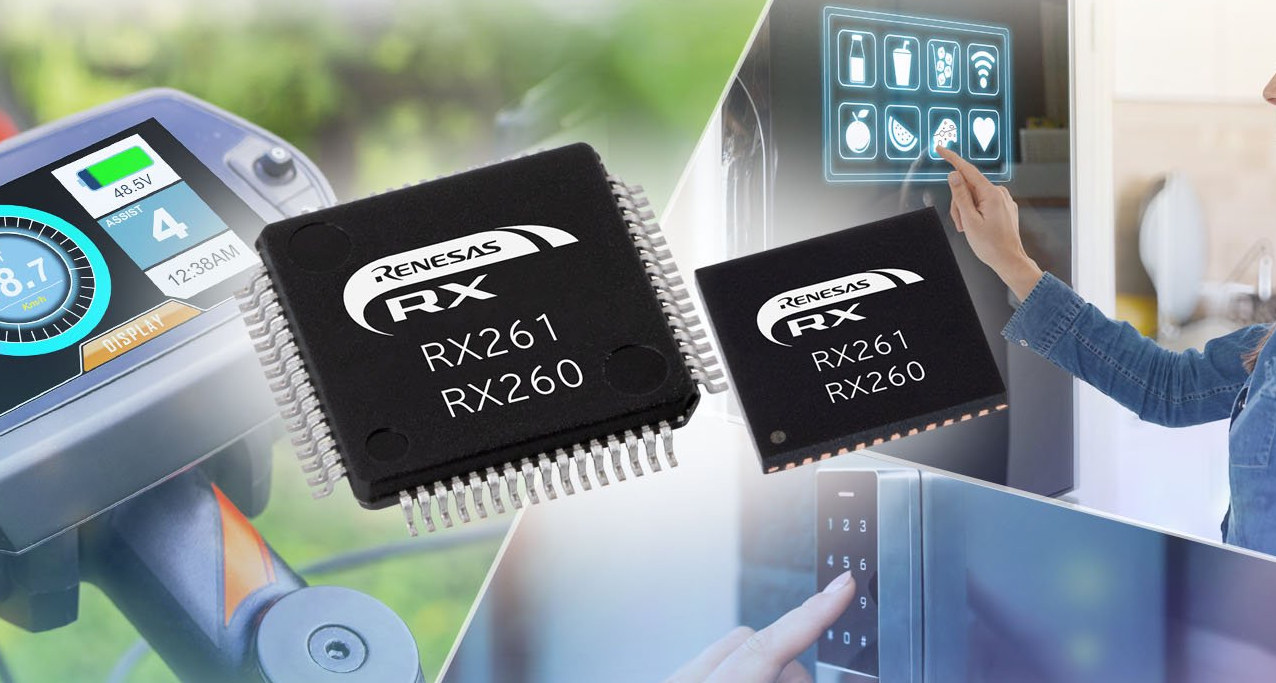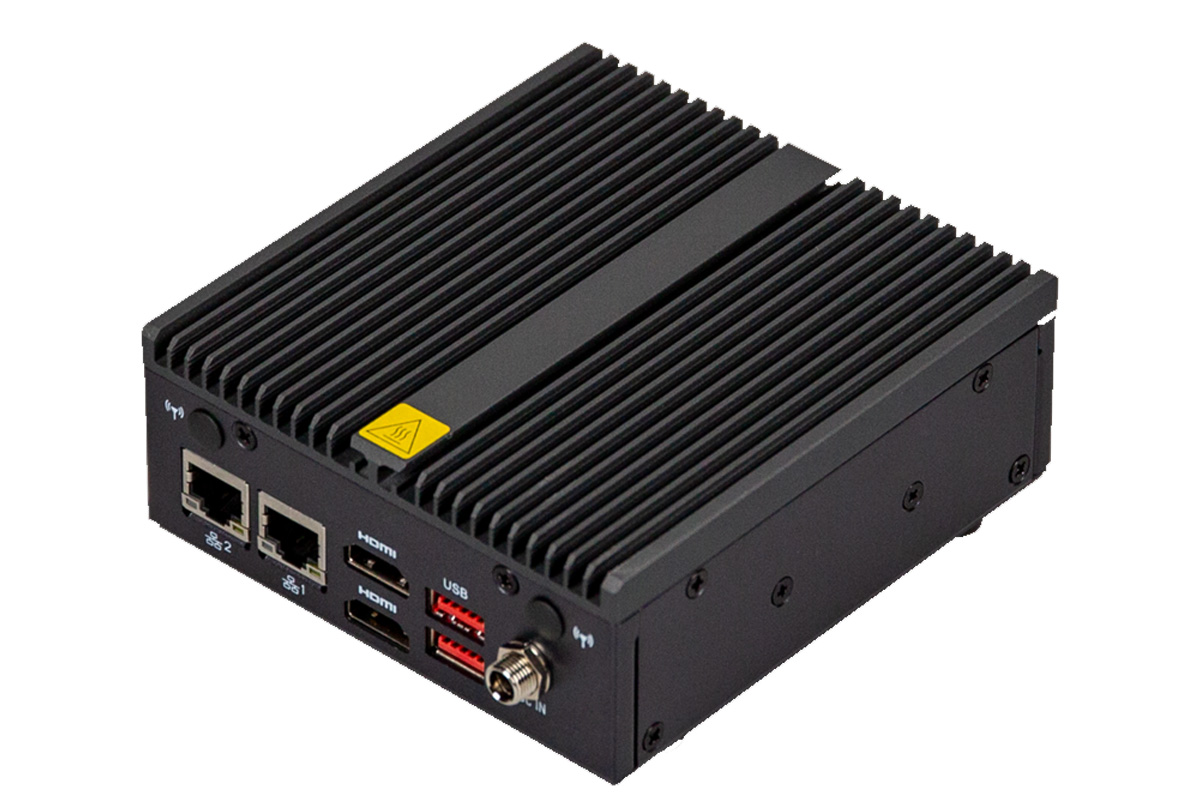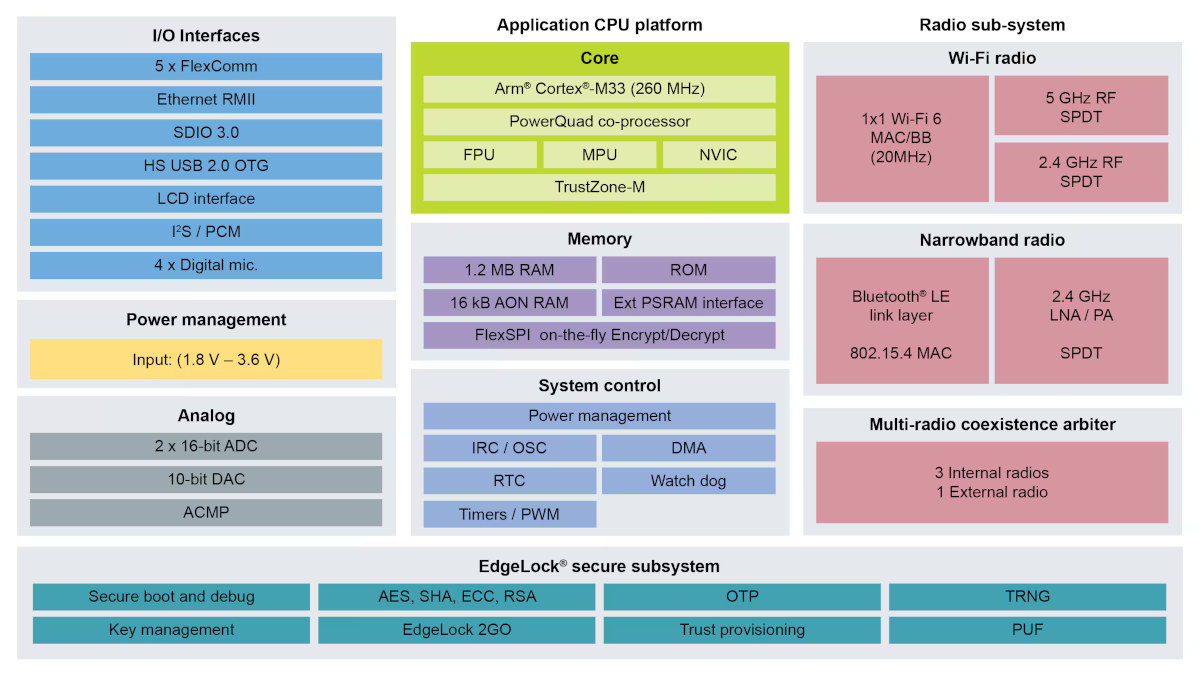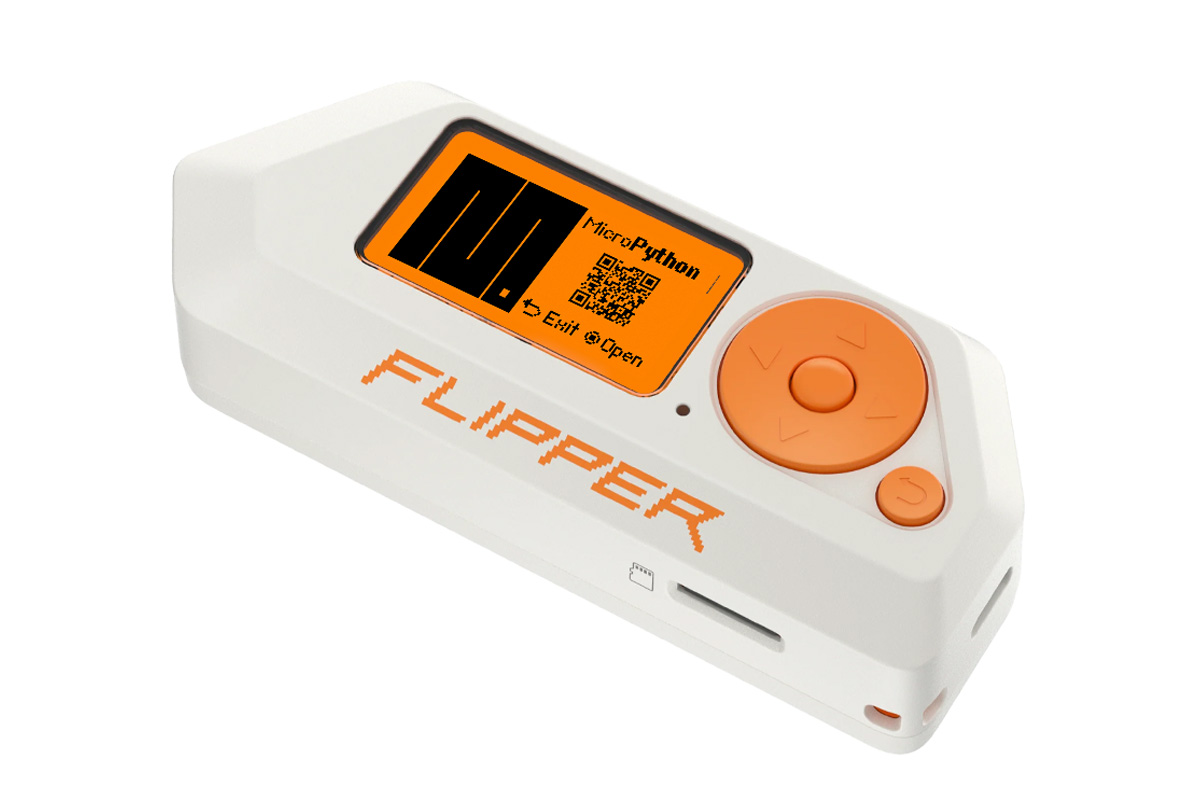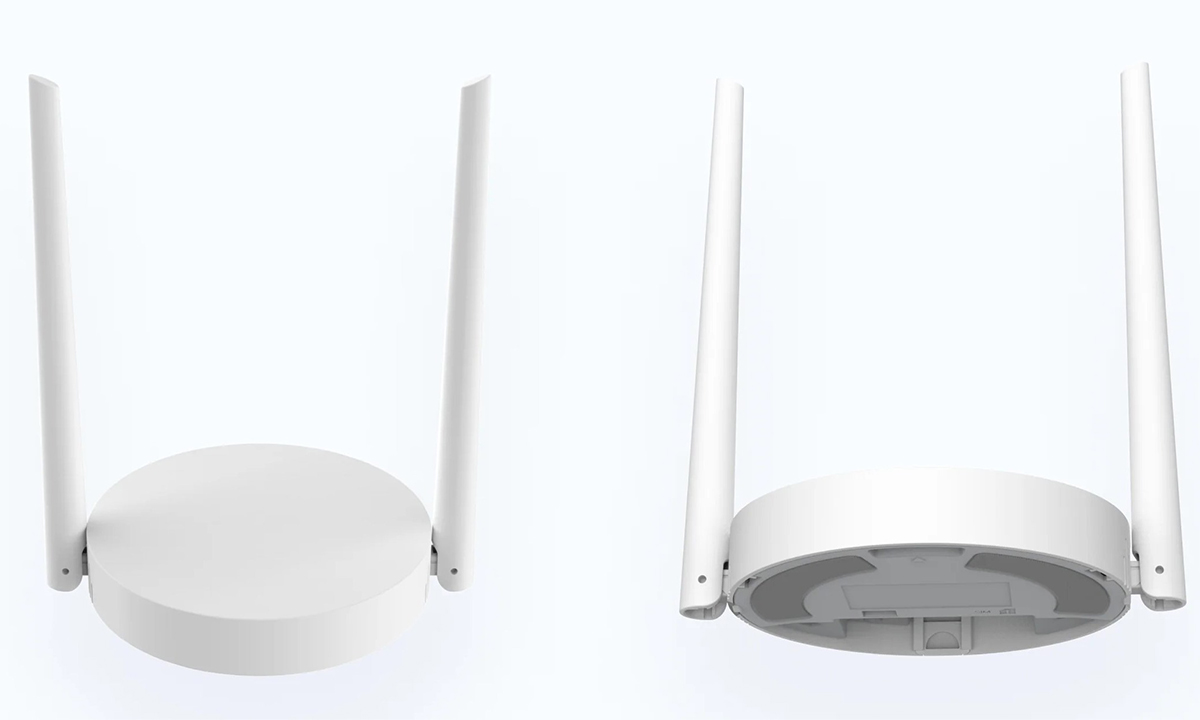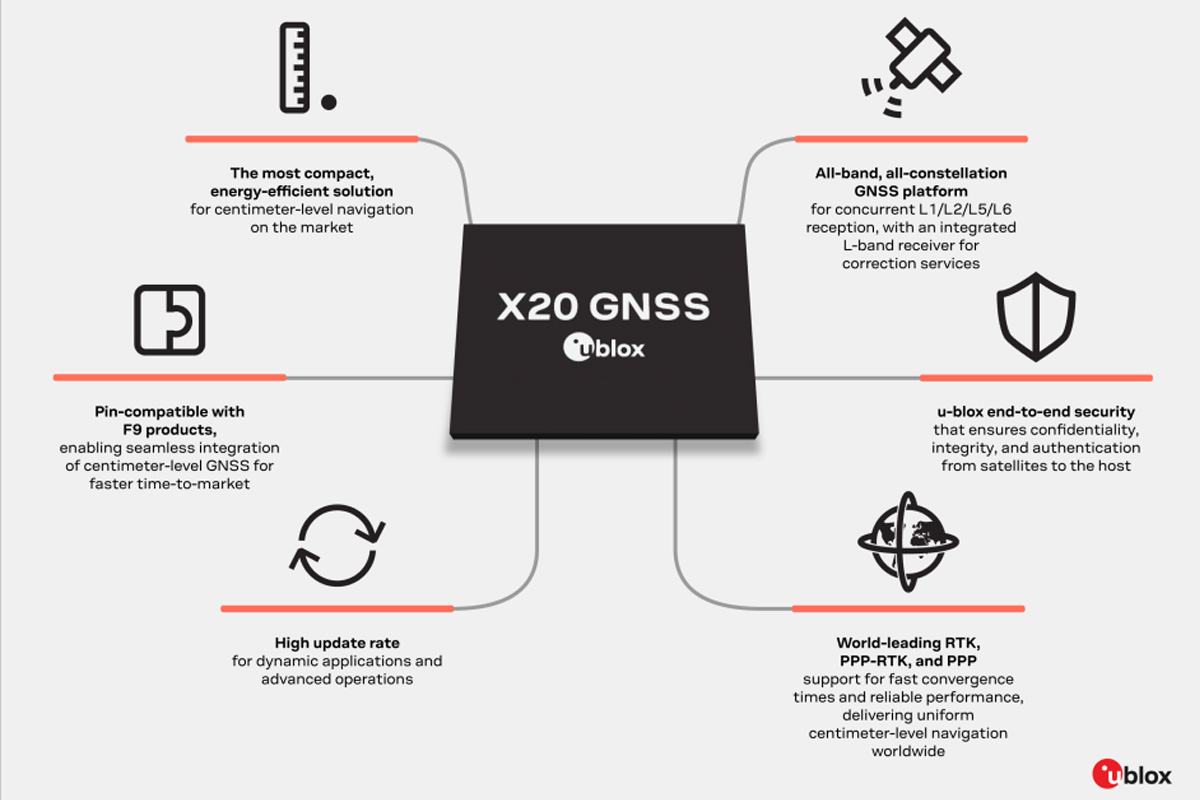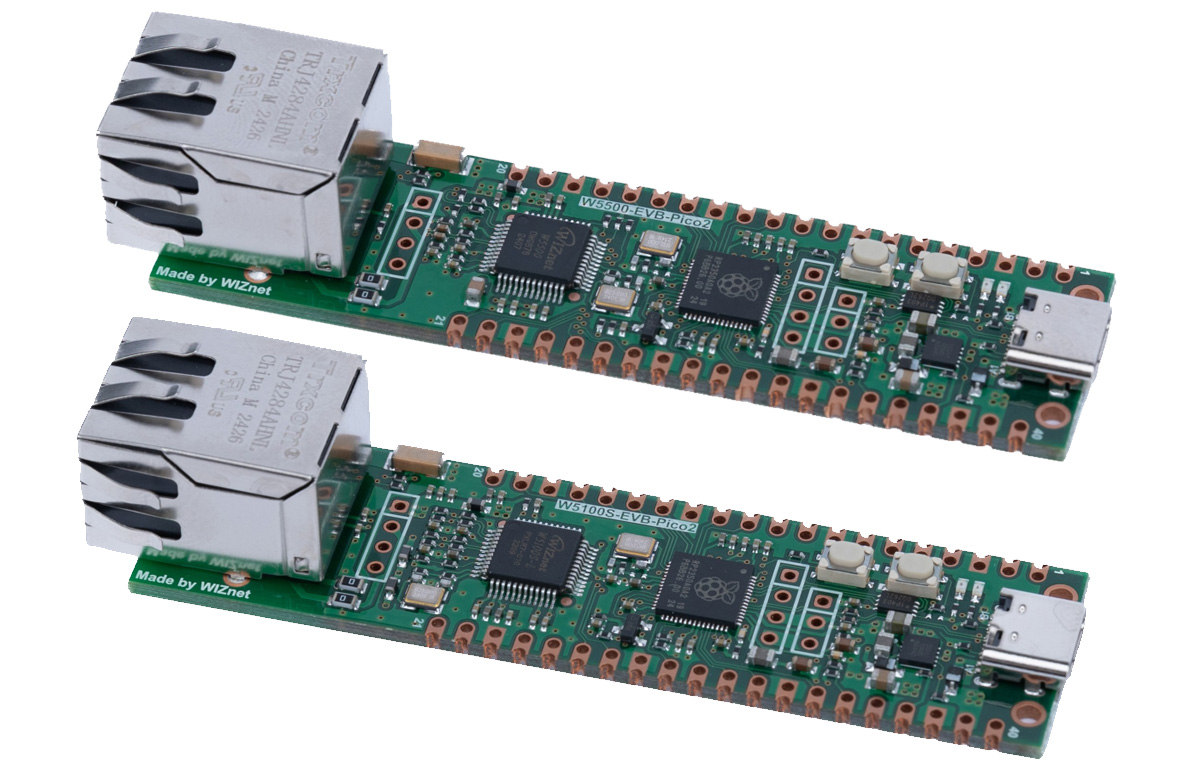NXP i.MX 94 is an octa-core Arm SoC with up to four Cortex-A55 application cores, two Arm Cortex-M33 real-time/functional safety cores, two Arm Cortex-M7 real-time/functional safety cores, and an NXP eIQ Neutron NPU designed for Edge AI industrial and automotive applications I initially thought it would be a cost-down version of the NXP i.MX 95, and while it shares many of the same features, it’s more an application-specific processor designed specifically for industrial and automotive applications, lacking a 3D GPU, camera input interfaces, a MIPI DSI display interface, and 10GbE networking, but increasing the number of real-time cores (at the cost of application cores) and adding several networking features such as an Ethernet time-sensitive networking (TSN) switch, 2.5GbE interface, an Ethercat controller, and support for industrial protocols like Profinet or OPC-UA FX. NXP i.MX 94 specifications: CPU Up to 4x Arm Cortex-A55 cores 2x Arm Corex-M7 cores, one for functional […]
Renesas RX260 and RX261 64 MHz RXv3 MCUs target power-efficient touch applications
The Renesas RX260 and RX261 two new 64 MHz microcontrollers part of the high-performance, high-efficiency RX product family with integrated capacitive touch-sensing and high power efficiency in both active and standby modes. The microcontrollers are based on the RXv3 core with a performance score of 355 CoreMark @ 64MHz, which is “2.5 times higher than competing 64 MHz class MCUs.” The chips are also power-efficient, with a consumption rate of 69μA/MHz during active operation and 1μA only in standby mode. According to Renesas, the chips are up to 25% more efficient in active mode and 87% more efficient in standby mode than other 64 MHz class MCUs. Another competing factor is the onboard 8KB of data flash, eliminating the need for external EEPROM. The RX260 and RX261 Group MCUs support noise- and water-resistant capacitive touch via Renesas’ third-generation capacitive touch IP (CTSU2SL). They also integrate an “automatic judgment function” that […]
GIGAIPC QBiX-ADNAN97-A1 fanless industrial PC features Intel N97 CPU, dual HDMI, dual LAN
GIGAIPC QBiX-ADNAN97-A1 industrial PC is a compact system, powered by the Intel Processor N97 quad-core Alder Lake-N processor. This industrial PC supports up to 16GB of DDR5 memory and features flexible storage options with an M.2 slot for SATA or NVMe drives. Additionally, the QBiX-ADNAN97-A1 supports dual independent displays via two HDMI ports, It also offers dual Gigabit Ethernet, multiple USB 3.2 Gen 2×1 ports, an M.2 E-Key for Wi-Fi/Bluetooth expansion, and a COM port for legacy device connectivity. Designed for reliable operation, this fanless system is ideal for various Industry 4.0 applications, including industrial automation, digital signage, and edge computing. QBiX-ADNAN97-A1 industrial PC specifications SoC – Intel Processor N97 quad-core Alder Lake-N processor @ up to 3.6 GHz with 6MB Cache, Intel UHD Graphics; 12W TDP System Memory – Up to 16GB DDR5 4800 MHz via SODIMM slot Storage – M.2 2280 M-Key socket for NVMe or SATA storage Display 2x HDMI 2.0 […]
NXP RW612 Arm Cortex-M33 Wireless MCU offers Wi-Fi 6, Bluetooth 5.4, and 802.15.4 radios
The NXP RW612 is an Arm Cortex-M33 SoC with three radios, namely WiFi 6, Bluetooth 5.4, and 802.15.4 for Thread and Matter connectivity. It also has a small sibling called the RW610 without the 802.15.4 radio. I first came across RW61x chips, when Debashis wrote about the Trimension SR250 UWB chip mentioning it can work with “host processors like NXP’s i.MX, RW61x, and MCX families”. I initially thought it was a typo for the iW612 tri-radio solution introduced in 2022, and the RW612 is indeed similar, but it’s a complete wireless microcontroller/SoC with an Arm Cortex-M33 application core so it can be used independently as a host instead of a companion chip. NXP RW612 and RW610 specifications: MCU sub-system Core – 260 MHz Arm Cortex-M33 with TrustZone-M Memory On-chip 1.2 MB SRAM PSRAM interface for memory expansion Storage – Quad FlexSPI Flash XIP with on-the-fly decryption Peripheral interfaces Up to […]
Flipper Zero hacking tool gets MicroPython support
Developer and engineer Oliver Fabel has developed a port that is designed to run MicroPython on the Flipper Zero. This port allows users to write programs for Flipper Zero in Python, instead of built-in JavaScript. Till now you can access GPIO, ADC, PWM, the speaker, buttons, the display, and infrared communication with this but it doesn’t have support for NFC or RFID yet, and it’s still under development. Previously we have written about various addon boards for the Flipper Zero like the Mayhem v2, the ESP8266 Deauther board, the CAN bus addon board, and other powerful alternatives of the Flipper like The M1 and the HackBat. Feel free to check those out if you are interested in the topic. The process is simple, and you don’t have to do a firmware update to work with MicroPython, you can download the application from the community-driven Flipper app store and are good […]
The Things Indoor Gateway Pro: A Managed LoRaWAN Solution with ESP32 and Semtech SX1302
The Things Industries first introduced the Things Indoor Gateway, an affordable multi-channel LoRaWAN gateway designed for IoT networks in 2019. While low-cost single-channel gateways like Dragino OLG01, priced as low as $83.50, were available, they often struggled with connectivity in shared environments. The Things Indoor Gateway, priced around $111, offered a reliable solution for large-scale IoT deployments. Building on this success, the company has now launched the next-generation Things Indoor Gateway Pro. This managed LoRaWAN gateway is designed for seamless IoT network installation, featuring zero-touch provisioning, full cloud management, and flexible connectivity options including LTE, Ethernet, and Wi-Fi with automated failover. With advanced device management tools such as mTLS, FOTA, and secure boot, the Things Indoor Gateway Pro is a future-ready solution tailored for evolving IoT needs. Previously, we explored a variety of LoRaWAN gateways, including the AgroSense LoRaWAN for high-precision agriculture, the WisGate Soho Pro RAK7267 for greenhouse monitoring, […]
u-blox X20 all-band GNSS module offers centimeter-level accuracy, u-blox F9 pin-to-pin compatibility
u-blox has recently launched the X20 all-band GNSS module with an integrated L-band receiver that supports all available GNSS satellite signals (L1/L2/L5/L6) and can provide centimeter-level accuracy globally. The module also includes PPP (Precise Point Positioning) correction on top of RTK (Real-time Kinematic) and features like end-to-end security functions, advanced jamming/spoofing detection, and other software features. These features make this device useful for industrial automation, automotive, UAVs, and ground robotics applications. Multi-band GNSS receivers using L1, L2, L5, and the new L6/E6 band frequencies enhance accuracy, reliability, security, and other benefits. That includes better PNT (Positioning, Navigation and Timing) and RTK performance, access to global precise point positioning (PPP) services like Galileo HAS, faster convergence times in PPP for industrial and automotive use, and access to regional PPP services like MADOCA-PPP. Additionally, it helps comply with regional regulations like AIS-140 for NavIC in India and improves jamming and spoofing immunity […]
Raspberry Pi RP2350 dev board features Ethernet RJ45 port with WIZNet W5500 or W5100S Ethernet controller
WIZnet has recently launched two new Raspberry Pi RP2350-based Ethernet boards – W5100S-EVB-Pico2 and W5500-EVB-Pico2 – based on different Ethernet controllers. The entry-level W5100S-EVB-Pico2 is built around the W5100S controller that features 4 independent sockets and 16 Kbytes of buffer memory. On the other hand, the W5500-EVB-Pico2 is built around the W5500, which features 8 sockets, 32 Kbytes of buffer memory, and improved security features such as OTP memory, Secure Boot, and Arm TrustZone technology. These make the W5500-EVB-Pico2 ideal for projects with robust network handling and advanced security measures. After the recent announcement of the $5 Raspberry Pi Pico 2 we have seen many development boards built around the RP2350 MCU, including the Challenger+ RP2350 WiFi6/BLE5, the Solder Party’s RP2350 Stamp, the Seeed Studio XIAO RP2350, the Cytron MOTION 2350 Pro, and more. Feel free to check those out If you are interested in RP2350-based dev boards. W5100S-EVB-Pico2 and […]


